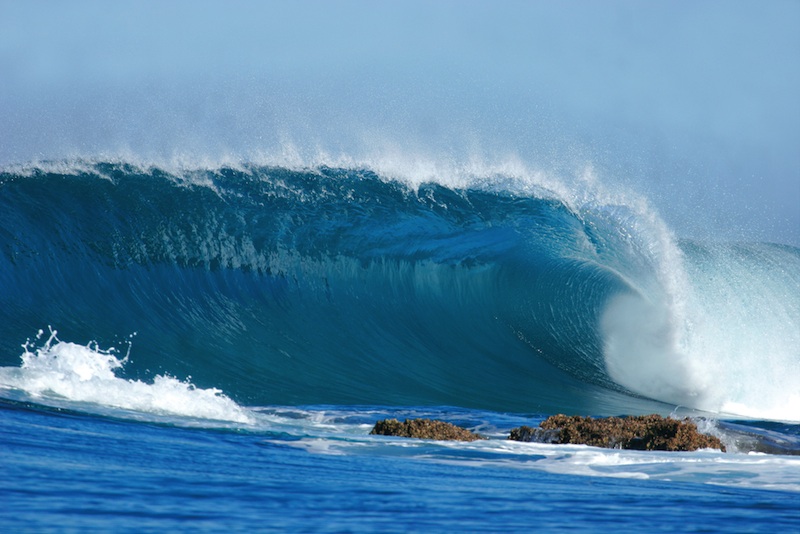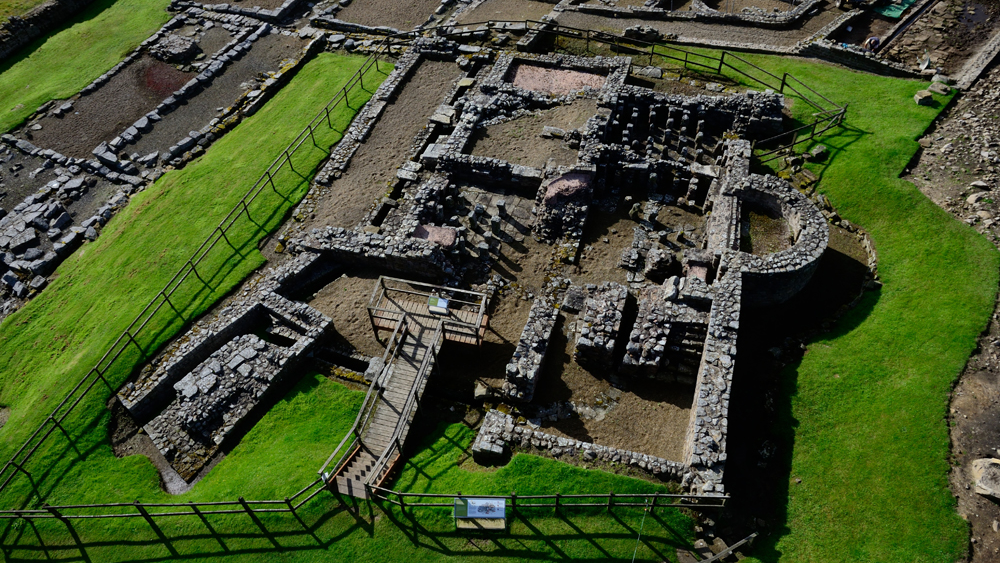
SAN FRANCISCO — Huge tsunamis with waves as high as a four-story building could inundate the island of Oahu, washing out Waikiki Beach and flooding the island's main power plant, a new study finds.
"Any of us who watched the Tohoku tsunami footage on television had to have been affected by the scale of what they saw in real time," said study co-author Rhett Butler, the interim director of the Hawai'i Institute of Geophysics and Planetology. "People looked at that and said, 'Could it happen here?'"
The answer seems to be yes, at least if new evidence and modeling can be corroborated.
Ancient traces of historical tsunamison both Hawaii Island and the Aleutian Islands in Alaska suggest that monster earthquakes at the juncture of the Pacific and the North American plates can trigger giant tsunamis bigger than Tohoku size every 325 years. [10 Tsunamis That Changed History]
The findings were presented here Thursday (Dec. 12) and Friday (Dec. 13) at the annual meeting of the American Geophysical Union.
Monster waves
Archaeobotanist David Birney was excavating in Makauwahi Sinkhole on Kauai, Hawaii, when he found huge deposits of coral, shells, beach gravel and other marine sediments inside a cave in the area. When the team dated the sediments, they found they had accumulated there between around 1424 and 1660.
Get the world’s most fascinating discoveries delivered straight to your inbox.
The giant mound of sediment — enough to fill about nine huge containers for shipping sea cargo — made it unlikely that the material somehow made it through the tiny entrance to the cave, Butler said.
The only other way the material could have entered the cave is if a tsunami surge breached a cobbled barrier on the outside and carried it over the top of the cave, which was about 23.6 feet (7.2 meters) above sea level.
To see how big an earthquake would be required to cause such a huge wave, the team computer-modeled tsunamis at various locations in Hawaii and the Alaskan area. They found that given the location of the cave and the size of the wave required, a magnitude-9.25 earthquake near the Aleutian Islands would be required to elevate waves enough to deposit the marine sediments in the cave. Earthquakes on the scale of the magnitude-9.0 Tohoku temblor, by contrast, would only trigger waves less than half the necessary size. [7 Ways Japan's Earthquake Affected Earth]
"These are huge earthquakes, and none of them came even close," Butler said. "Only a very, very large event in the Aleutians could actually get the hole wet and potentially put the material into that hole," referring to the cave where the deposits were found.
In a separate talk presented on Thursday, researchers said they found evidence of six massive earthquakes that struck in the past 1,700 years at Stardust Bay on Sedanka Island, in the Aleutian Island chain. Some of the traces of related tsunamis were found about 46 feet (14 m) above sea level, said study co-author Robert Witter, of the U.S. Geological Survey Alaska Science Center.
From the sediment deposits, the team concluded that huge earthquakes large enough to trigger such tsunamis happened about every 325 years — and that the same fault rupture that triggered the Alaskan tsunamis probably also caused the inundation in Kauai.
Butler and his colleagues then modeled the effect of a magnitude-9.25 earthquake triggering a tsunami in the Aleutian Islands. He found that such a temblor would trigger monster waves on Oahu Island.
The tsunami would trigger 23-foot-high (7 m) waves off Waikiki Beach in Honolulu, and completely wash out the community around Oahu's Kailua Beach, where President Barack Obama likes to spend Christmas, Butler said.
Even more worrisome, Kahe Power Plant, the main power source on the island of Oahu, could be at risk. Though the power plant was built about 22 feet above sea level based on tsunamis in the 20th century, models predict that a monster earthquake could trigger 49-foot-high (15 m) waves at the plant.
Still, it's too soon to definitively link the Aleutian Island tsunamis with the monster wave that flooded the Kauai sinkhole. To get a sense of the true risk, the team needs to find evidence of other historic tsunamis around the Hawaii Islands, Butler said.
Follow Tia Ghose on Twitter and Google+. Follow us @livescience, Facebook & Google+. Original article on LiveScience.

Tia is the editor-in-chief (premium) and was formerly managing editor and senior writer for Live Science. Her work has appeared in Scientific American, Wired.com, Science News and other outlets. She holds a master's degree in bioengineering from the University of Washington, a graduate certificate in science writing from UC Santa Cruz and a bachelor's degree in mechanical engineering from the University of Texas at Austin. Tia was part of a team at the Milwaukee Journal Sentinel that published the Empty Cradles series on preterm births, which won multiple awards, including the 2012 Casey Medal for Meritorious Journalism.


